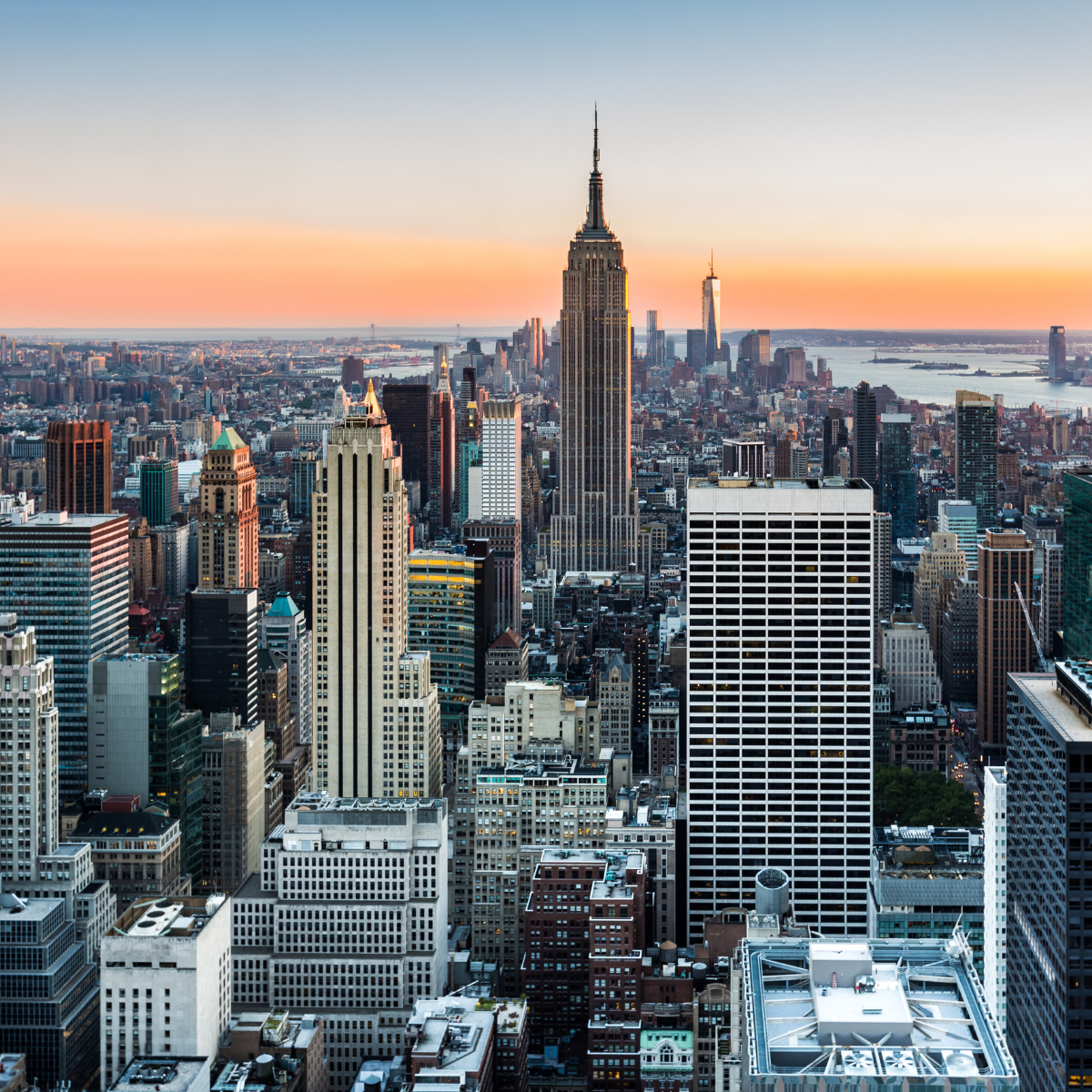
October 7, 2025
The inevitable happened in the New York City Mayor’s race when the incumbent, Eric Adams, officially ended his campaign. How his withdrawal affects the race’s final month remains to be seen.
Languishing in all polling, enduring a federal indictment process from which President Donald Trump pardoned him, unable to qualify for matching funds, and experiencing a tumultuous four years in office made the Mayor unelectable. In fact, his Democratic primary prospects were so poor that he exited the nomination race in April to run as an Independent.
Even with such a move he was unable to exceed 13% of the general election vote in any poll and shrunk to single digit support in the six most recent publicly released research studies from September 8 through the 22.
The New York City Mayor’s race has gained a great deal of national attention largely because the leading candidate and Democratic nominee, state Assemblyman Zohran Mamdani (D-Astoria), is an avowed socialist who advocates radical ideas. He plans to create government-run grocery stores, adopt extreme rent control policies in what he says will “make New York City affordable,” and severely downsize the police force.
As we know, Mr. Mamdani defeated former Gov. Andrew Cuomo in the Democratic primary along with ten others, posting 44% of the vote in the first round of voting. Under the city’s Ranked Choice Voting system, Mamdani exceeded the 50% mark in the third round, topping Cuomo 56-44 percent. The Ranked Choice system will not be used in the general election, meaning the winner can claim the office with only plurality support.
Winning with less than a majority appears on the horizon for Mr. Mamdani or any other potential winner. Despite his loss in the Democratic primary, Mr. Cuomo remains in the race as an Independent, or ostensibly the nominee of the Fight and Deliver Party.
The Republican nominee is perennial mayoral candidate Curtis Sliwa who founded the Guardian Angels crime prevention organization in 1977 then known as the “Magnificent 13.” The unofficial citizens’ organization originally stood against violence on the New York City subway system and later expanded to citywide crime coverage. Always controversial, Mr. Sliwa summarily hosted a New York City radio show. Two other minor party candidates are also on the ballot.
The prevailing electoral analysis suggests a Mamdani plurality win, meaning the majority of voters would have chosen another candidate. Therefore, much pressure was put upon Mayor Adams to drop out since there appeared no scenario that would lead him to victory.
Now that Adams has withdrawn, that same pressure will now turn toward Sliwa, who has only performed slightly better in polling. With only an 11% Republican partisan registration within New York City, a Sliwa victory is highly improbable.
Seeing both Adams and Sliwa depart would create a virtual one-on-one scenario between Messrs. Mamdani and Cuomo, which appears as the only scenario where the Democratic nominee could be defeated.
Yet, in prospective ballot tests without Adams, we see little movement. Earlier Mamdani-Cuomo-Sliwa polling was showing virtually no change in the size of the Democrat’s lead. In the six polls conducted from September 8th to the present, Mr. Mamdani averaged a consistent 44.3%, posting support figures of 45% in four of the surveys and 43% in the remaining two.
For his part, Mr. Cuomo averaged 25.8% in the six polls, almost 20 points behind the leader. Mr. Sliwa didn’t do much better than Mayor Adams. In the same half-dozen ballot test surveys, the Sliwa average was 12.8%, only slightly above the city Republican registration figure.
The campaign’s final month will be the determining factor, understanding that Mr. Cuomo has a great deal of ground to close. Mr. Sliwa staying in the race, as he continues to promise, suggests a Cuomo victory path becomes even smaller and allows Mamdani greater campaign latitude.
It will be interesting to see how the race concludes. Mr. Mamdani continues to enjoy momentum moving toward the general election, even in the face of what could mean a mass exodus of NYC businesses. The prevailing business community analysis believes large numbers of owners will depart because they will not be able to make a sustainable profit under new Mamdani Administration ordinances that the city may adopt.
Should we see negative economic or public safety ramifications occur once Mamdani wins the mayor’s election, expect the New York example to then be used against Democrats in many 2026 congressional and gubernatorial campaigns. At this point, even with Mayor Adams leaving the race, it appears the general election is still Mr. Mamdani’s to lose.

